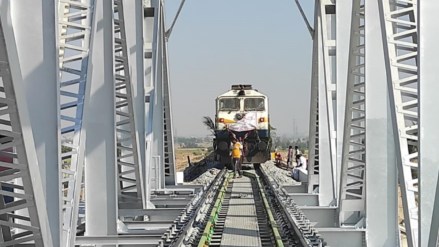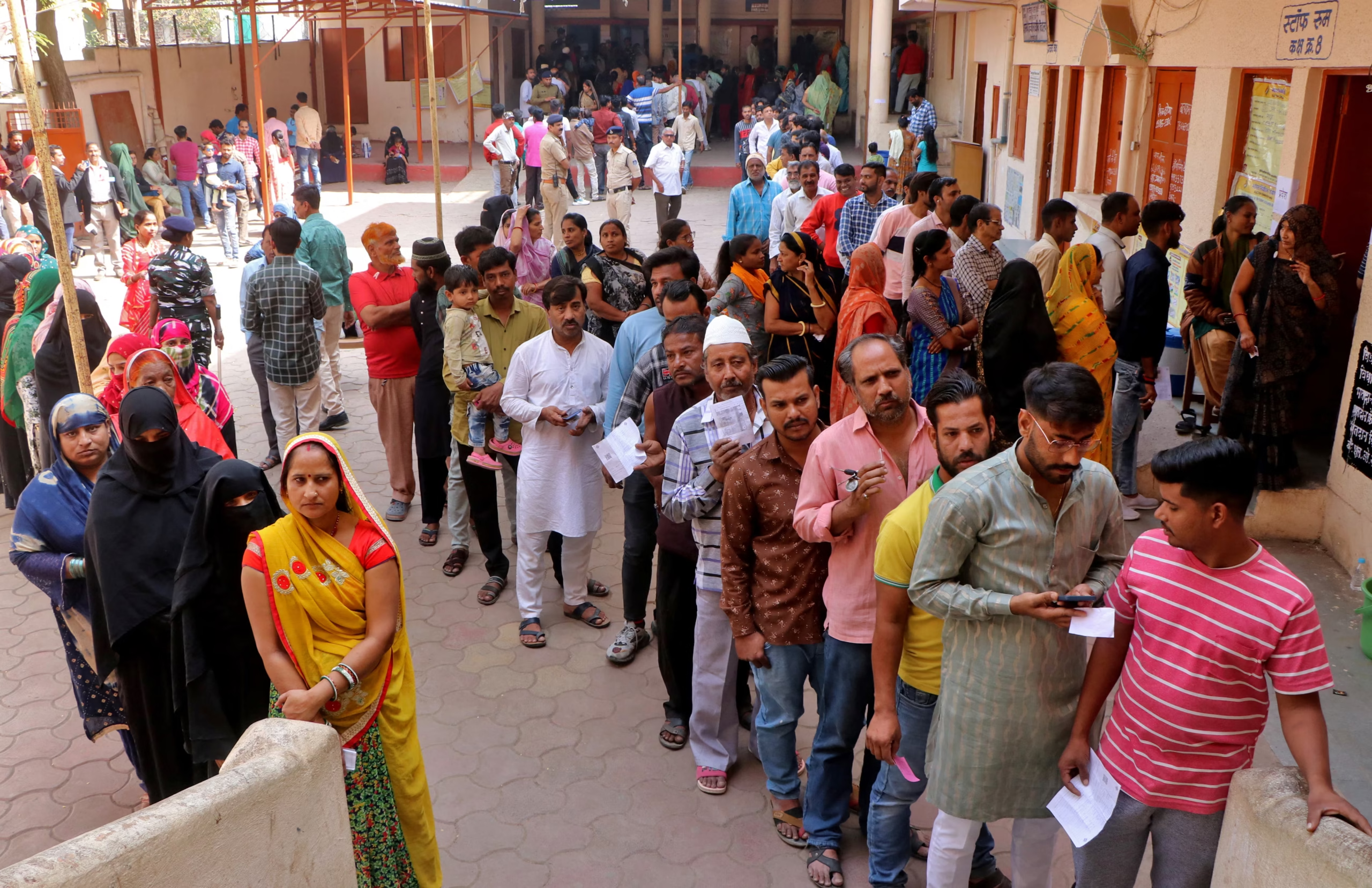Now Reading: Railway Infra Upgrade in Tier-2 Cities: Electrification Completed in Nagpur–Wardha Stretch
-
01
Railway Infra Upgrade in Tier-2 Cities: Electrification Completed in Nagpur–Wardha Stretch
Railway Infra Upgrade in Tier-2 Cities: Electrification Completed in Nagpur–Wardha Stretch

In a boost to rail connectivity and sustainable transport, the electrification of the Nagpur–Wardha railway section has been successfully completed. The development is part of Indian Railways’ larger push to modernise infrastructure across Tier-2 and Tier-3 cities. The newly electrified route is expected to enhance operational efficiency, reduce dependence on diesel locomotives, and offer faster, more reliable train services for passengers and freight alike.
A Step Forward in Railway Modernisation
The electrification of the 78-kilometre Nagpur–Wardha route marks a key milestone in Maharashtra’s ongoing railway upgrade efforts. With this stretch now electrified, trains can operate entirely on electric traction between major cities in the region, cutting fuel costs and emissions.
The project was completed within its projected timeline, and trial runs have already begun. Passenger trains on this route are expected to fully transition to electric engines in the coming weeks.
Benefits for Passengers and Freight
The electrification is likely to lead to improved travel time and smoother train operations. Electric trains require less maintenance, have better acceleration, and can support higher speeds compared to their diesel counterparts.
For freight movement, the shift to electric traction is expected to reduce logistics costs and increase haulage capacity. The Nagpur–Wardha corridor is a key part of the freight network connecting central India to major industrial and agricultural zones.
Regional Impact and Local Relevance
Nagpur and Wardha, both significant Tier-2 cities in Maharashtra, stand to benefit directly from this upgrade. Nagpur, often referred to as the logistics and transport hub of central India, will now have enhanced connectivity with reduced delays and more environmentally friendly travel.
Wardha, a city known for its educational and historical importance, could see increased tourism and business travel with improved rail services. The upgrade also opens up new possibilities for regional economic activity, especially for industries relying on timely goods movement.
Sustainability and the National Context
Electrification of railway lines is a part of Indian Railways’ broader mission to become a net-zero carbon emitter by 2030. By reducing reliance on diesel engines, the rail network aims to cut greenhouse gas emissions significantly and support India’s national climate goals.
This development also reflects the growing importance of Tier-2 cities in national infrastructure planning. As more such cities expand, electrification and other upgrades ensure they remain well-connected and future-ready.
Conclusion
The completion of electrification on the Nagpur–Wardha railway stretch is a positive step toward cleaner, faster, and more efficient rail travel in India’s heartland. For residents, businesses, and industries in this vital corridor, the upgrade is more than a technical achievement—it’s a foundation for long-term growth and connectivity. As similar projects continue across the country, Tier-2 cities are poised to play a bigger role in India’s transport and development story.






















